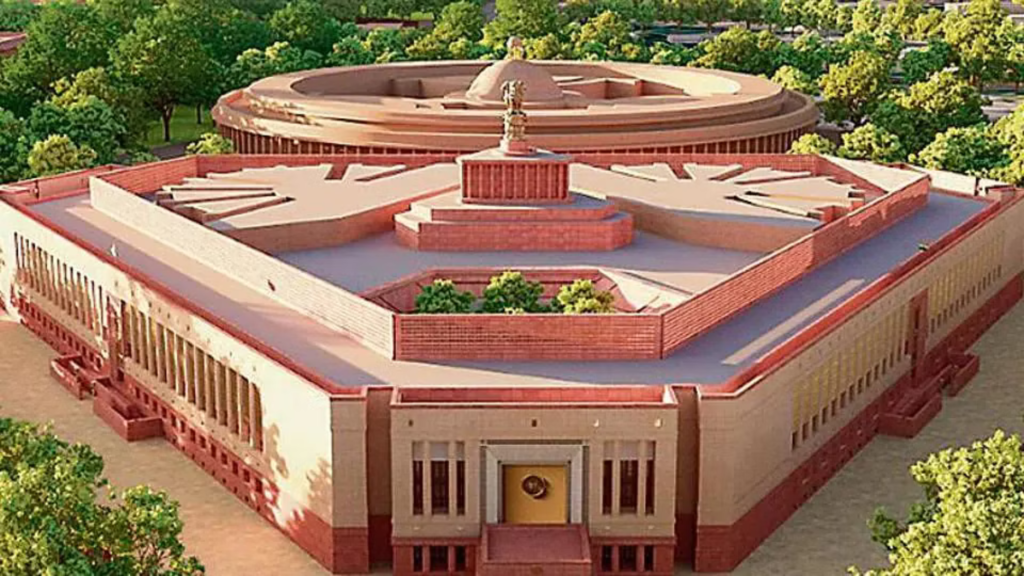
Introduction:
A new parliament building in India holds profound significance, representing the core principles of democracy, national identity, modernization, effeciency, renewal, and economic development. This architectral marvel becomes a powerful symbol of the nation’s aspirations, progress, and commitment to democratic governance.
Symbol of Democracy:
The parliament building stands as the cornerstone of India’s democratic system. It serves as a testament to the collective will of the people, as elected representatives gather within its walls to delibrate, debate, and legislate on matters of national importance. A new parliament building reaffirms the country’s commitment to democratic principles and the robust functioning of the legislative branch.
National Identity and Pride:
The architecture and design of a new parliament building encapsulate India’s rich cultural and historical heritage. It becomes an emblem of national pride, showcasing the nation’s diversity and progress. The building’s aesthtics reflect India’s identity, evoking a sense of unity among its citizens and fostering a shared sense of belonging.
Modernization and Infrastructure Development:
A new parliament building signifies a focus on modernization and infrastructure development. Equipped with advanced technologies, improved facilities, and state-of-the-art amenities, it addresses evolving needs of lawmakers and staff. This modernization enhances the efficiency and effectiveness of legislative processes, facilitating a conducive environment for democratic discourse.
Capacity and Efficiency:
As a populous nation, a new parliament building allows for increased capacity to accommodate a growing number of representatives. With larger assembly halls, committee rooms, offices, and support infrastructure, it ensures a smooth functioning of parliamentary proceedings. This expanded capacity promotes efficiency, enabling lawmakers to engage in meaningful discussions and decision-making.
Renewal and Change:
The construction of a new parliament building symbolizes a sense of renewal and change. It serves as beacon of progress, a break from the past, and a commitment to a brighter future. The new structure embodies the government’s vision for a modern India, equipped to address contemporary challenges and aspirations.
Economic Stimulus:
The creation of a new parliament building acts as a catalyst for economic growth. It entails substantial investment in infrastructure, architecture, and related industries. The construction process generates employment opportunities, stimulates the construction and manufactering sectors, and attracts tourism and investment. The economic impact extends beyond the immediate project, contributing to the overall development of the local and national economy.
Conclusion:
In conclusion, a new parliament building in India represents the essence of democracy, national identity, modernization, efficiency, renewal, and economic development. It serves as a proud symbol of the nation’s commitment to democratic governance, reflecting its rich heritage and cultural diversity. The construction of a new parliament building embodies the aspirations of the people, driving progress and providing a platform for effective legislative processes. It is a testament to India’s continuous journey towards a better future and a shining example of the nation’s commitment to its citizens and democratic principles.